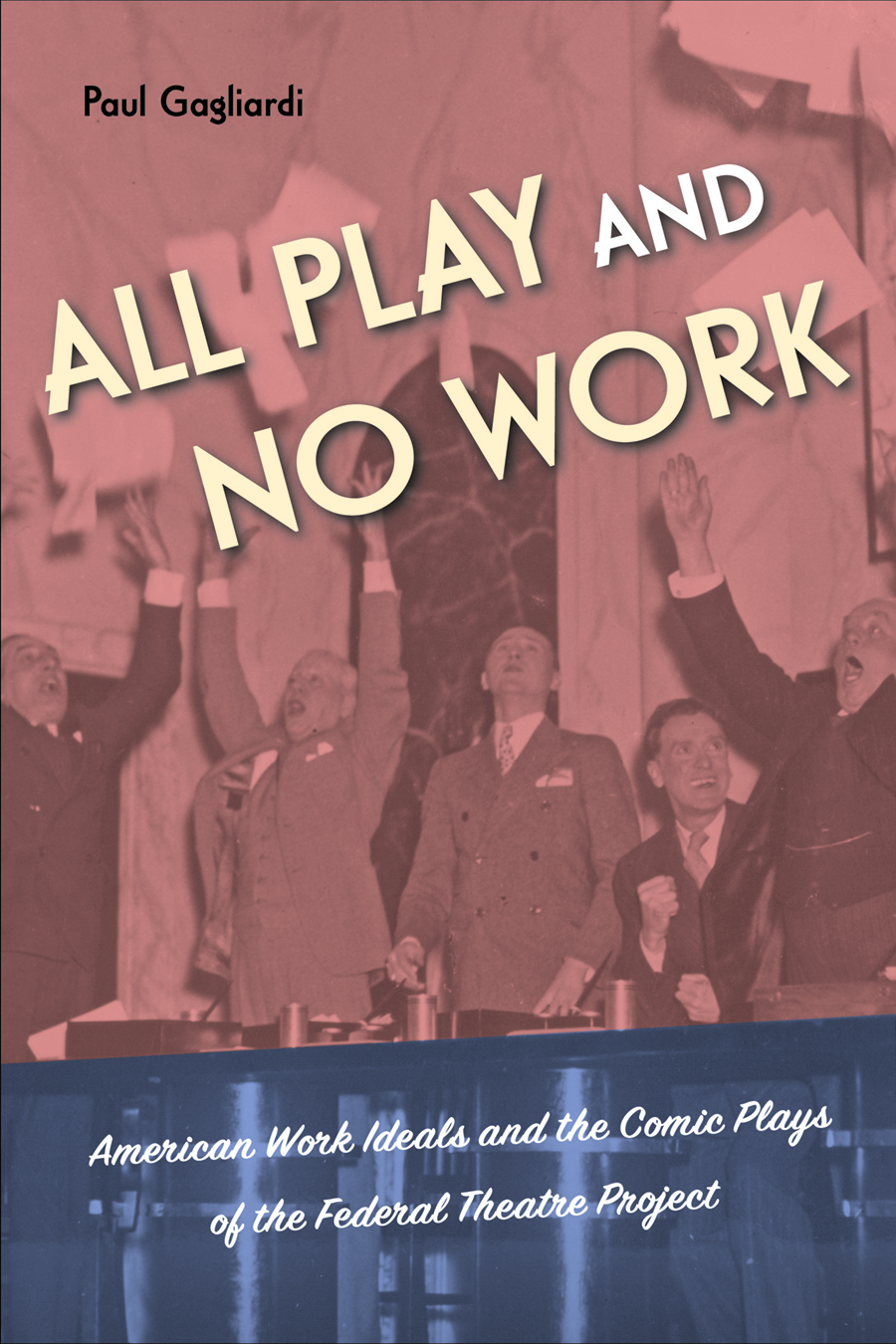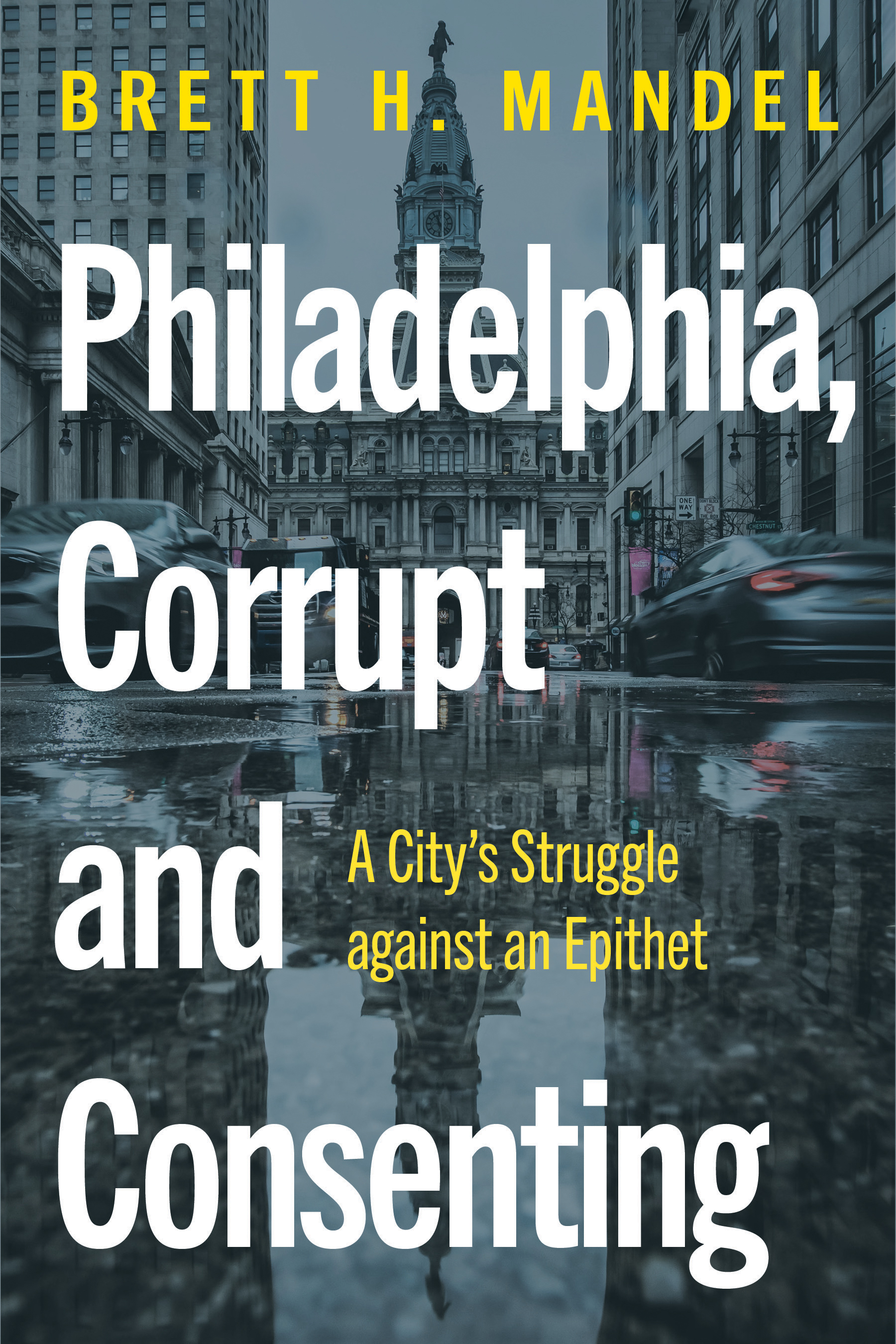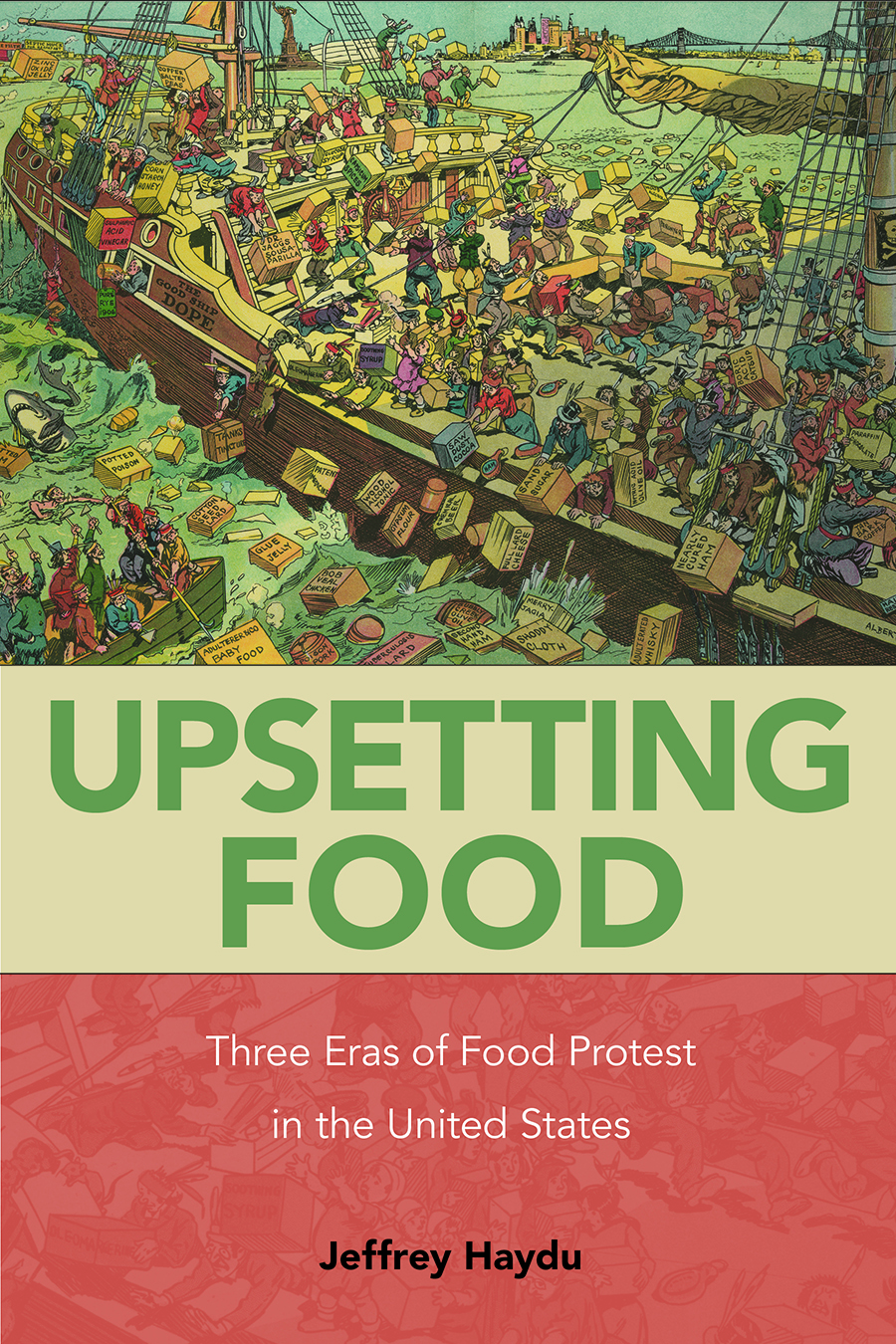This week in North Philly Notes, Philip Krestedemas, coeditor of Modern Migrations, Black Interrogations, writes about the impact of the wet foot/dry foot policy.

The U.S. government’s wet foot/dry foot policy for Cuban and Haitian refugees, which was rolled out in the mid-1990s, is often cited as an example of the racially biased double standards that are baked into U.S. refugee policy. Under this policy, Cuban asylum seekers who touched ground on U.S. soil were eligible to receive asylum. Haitians who did the same thing were detained and returned to Haiti. But on closer inspection, the wet foot/dry foot policy is not just a story about how Haitian refugees were treated differently from Cubans. It’s also a story about how the exclusionary treatment of Haitians established a precedent that weakened asylum rights for all Caribbean asylum seekers.
The disparate treatment of Haitian and Cuban asylum seekers is most apparent in the way the “dry foot” criterion was applied (i.e., what happened once refugees reached U.S. soil). The “wet foot” criterion was applied the same way to Cubans and Haitians. This wasn’t much of a change for Haitian refugees. For Cuban refugees, on the other hand, it marked the end of the more generous “open arms” policy that had been in effect since the early 1960s. Under the “open arms” policy, Cuban refugees were fast-tracked for asylum whether they were apprehended at sea or on the shores of south Florida. Under wet foot/dry foot, this generous asylum policy was limited to Cubans who touched U.S. soil. Cubans who were apprehended at sea were treated no different from Haitians.
The saga of wet foot/dry foot is just one example of a story that has repeated itself many times over in U.S. history. Black communities are often the first to be affected by deprivations, coercions, and incursions on personal liberty that, eventually, spread to the wider society. Modern Migrations, Black Interrogations aims to give the reader an insight into the depth of this problem, examining it from several theoretical, historical, and geo-political vantage points.The book’s contributors note that anti-Black racism doesn’t just describe a group-specific experience of race; it is foundational to the structures of thought and feeling that gave rise to the modern world. One implication of this analysis is that the problems that Black people contend with can tell you a lot about problems that pervade our entire society.
Think of a house that is built on top of a sinkhole. The people on the bottom floor of the house are more at risk of falling into the sinkhole. The people on the upper floors of the house may not feel the same sense of urgency to address the problem and may feel comforted by the thought that they are in a somewhat better situation. But they are ignoring the fact that when the foundation finally gives way, everyone’s falling into the hole.
This may not be a perfect metaphor, but it captures a dynamic that is very common to the Black experience. Haitians, for example, were the first U.S. refugee population to be subjected to mandatory detention. Thirty years later, mandatory detention is not only standard for most asylum seekers in the US., it has become the norm for how governments around the world manage refugee populations. The same can be said for the interdiction practices initially rolled out to control Haitian asylum seekers in the 1980s. These were expanded throughout the 1980s and 1990s to all refugees trying to enter the U.S. by water, imitated by European governments in the 2000s that were trying to control flows of African and Asian refugees trying to cross the Mediterranean, and were also cited as a precedent by the U.S. government in the 2010s when it rolled out programs to control the growing numbers of asylum seekers (mostly Central American, but also including Haitians and many other nationalities) at the US–Mexico border. These are just some examples from the recent history of U.S. refugee policy. You can find similar processes at work in the U.S. history of mass incarceration, predatory lending practices in housing markets, unsafe work conditions in low-wage employment sectors, medical neglect in the health care sector, and the list goes on.
Although Modern Migrations, Black Interrogations is focused on the migrant experience, it engages this experience with an eye to the bigger picture I’ve just described. Our analysis is premised on the understanding that the Black experience can be used as a starting point for diagnosing problems that affect everyone, and also in a way that elevates the value of Black life. But in order to do this, we have to step outside of the ways of seeing that normalize all of the problems I’ve just described. This sums up the purpose of the book—to invite the reader to take this step.
The issues raised by this blog will be discussed in more depth at a free webinar hosted by the Acacia Center for Justice, to be held on Monday, February 26, 3pm (EST), featuring faculty from Morehouse College, Temple, and Bowdoin Universities and guest speakers from Undocublack, Families for Freedom and the Haitian Bridge Alliance. Click here for more info and to register.
Filed under: african american studies, american studies, civil rights, cultural studies, Education, ethics, History, immigration, latinos, philosophy, political science, race and ethnicity, racism, sociology | Tagged: asylum, Black migration, government, Haitian, history, human rights, immigration, Latin American/Caribbean Studies, migration, policy, refugees, wet foot/dry foot | Leave a comment »









 This week in North Philly Notes, Lisa Iezzoni, author of
This week in North Philly Notes, Lisa Iezzoni, author of 

